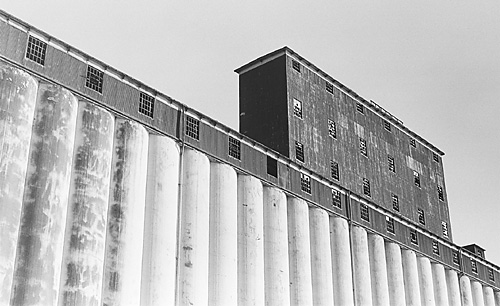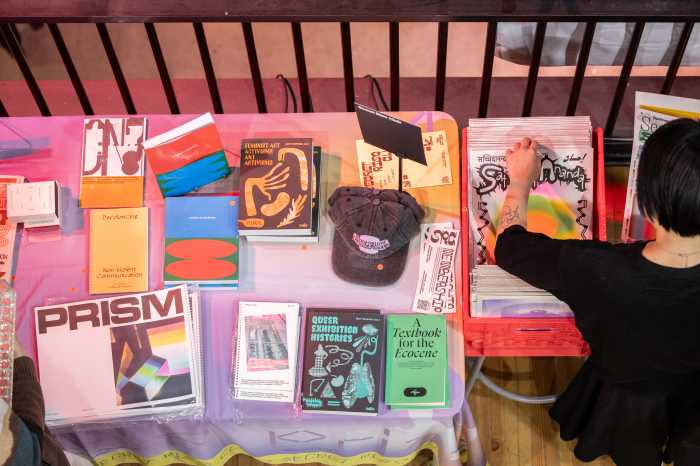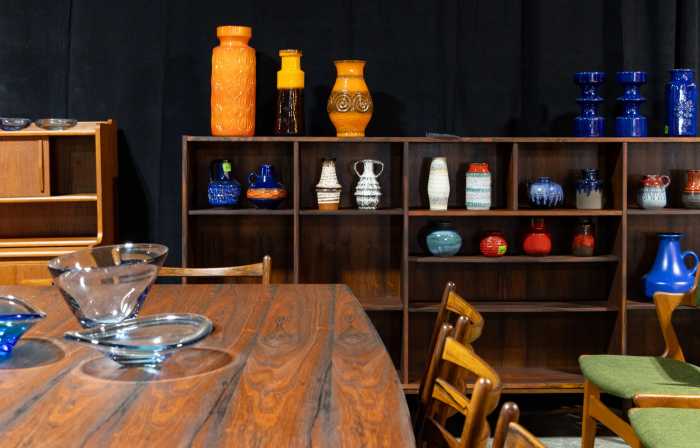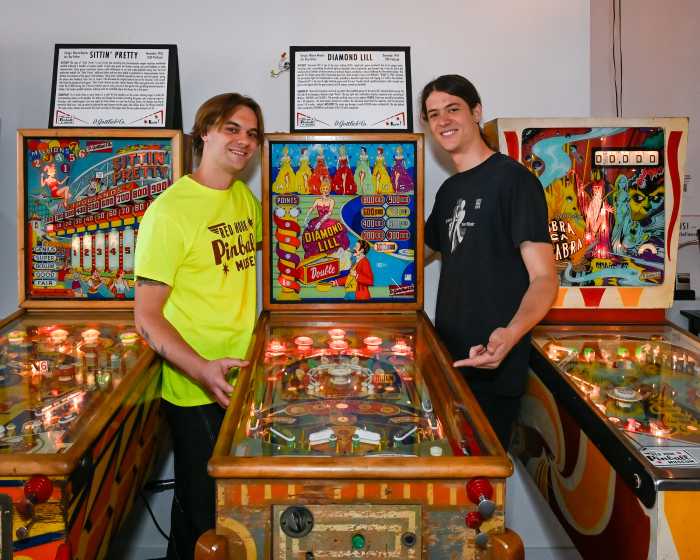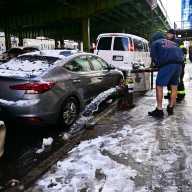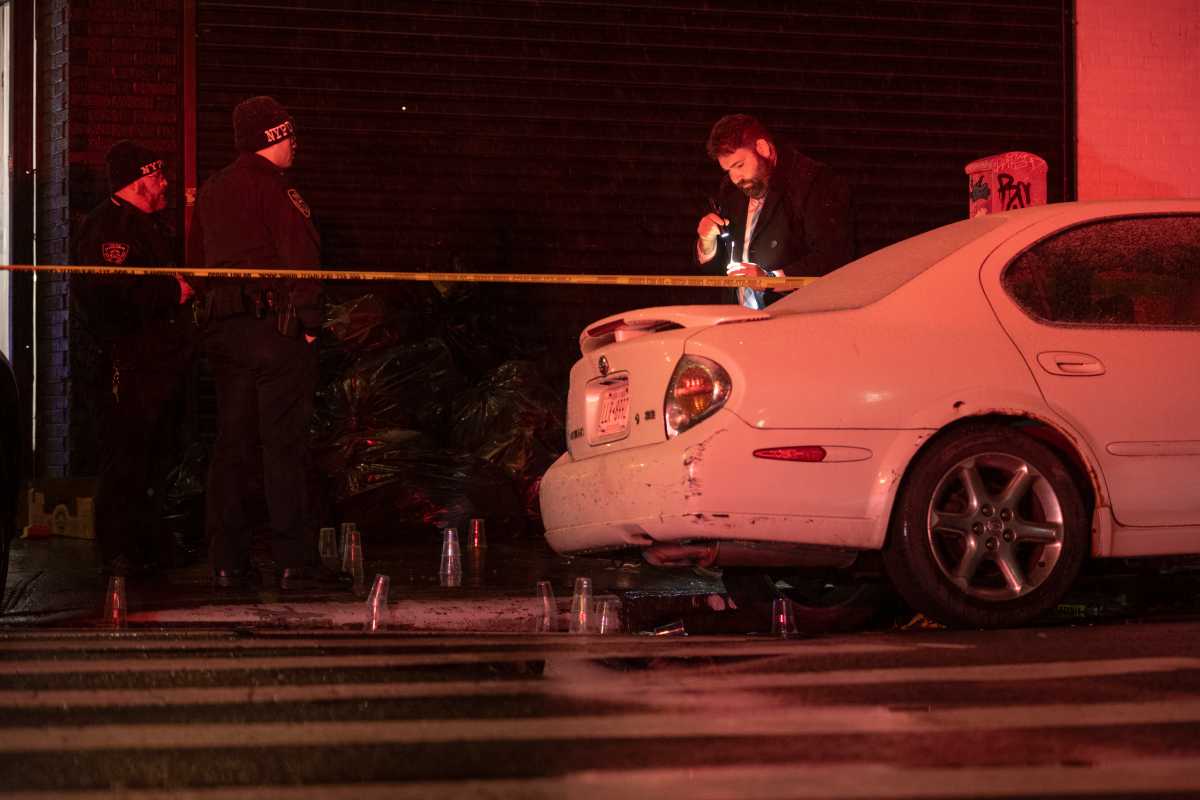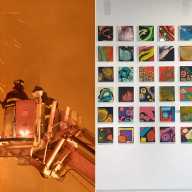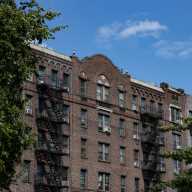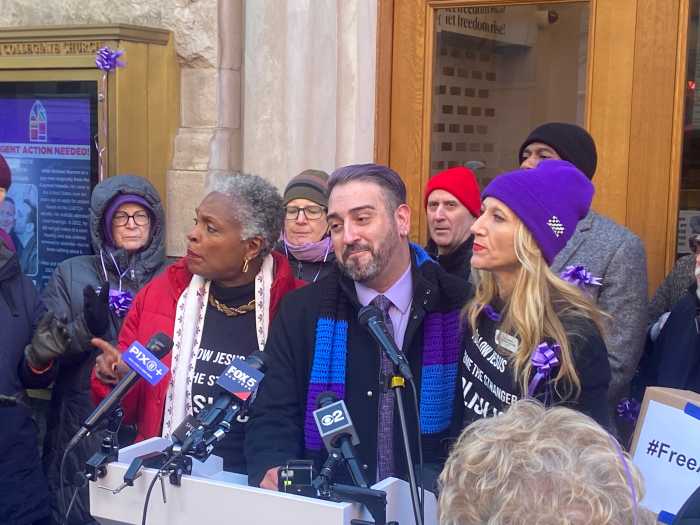Red Hook was hit hard by the failed containerization plan of the 1960s. In many ways, it’s still struggling to recover.
Zoning changes were made to the area and buildings were condemned for the port that never materialized. Most of the shipping jobs that had come to define the neighborhood workforce had moved over to New Jersey, where a large container port with direct rail access to the continental United States was eventually built. Industrial and manufacturing jobs bled out of the neighborhood. Crime and arson jumped. All that drove many residents away — since then, the population has been cut in half, according to John McGettrick, co-chair of the Red Hook Civic Association.
By the 1980s, when McGettrick moved to the neighborhood, Red Hook had become the city’s dumping ground. There were up to 20 waste transfer stations in the neighborhood. Two sludge processing facilities were planned. The community fought back and those plans were scrapped, McGettrick said. They were able to close most of the garbage stations — only one remains. A cement plant was closed.
“For the most part, it’s changed for the better in the 21 years I’ve been here,” McGettrick said. For example, Louis Valentino Jr. Park and Pier opened in 1996, adding needed green space to the area. But there is still plenty of more to do to get the neighborhood to thrive.
“We need more housing, obviously,” McGettrick said. That would involve rezoning the neighborhood for more residential uses, which the city hasn’t yet done — some say in a misguided belief that the longshoreman economy will return. It isn’t, but if another industry moved into Red Hook, it could coexist around any new residential space, which is needed to attract other types of small businesses to the neighborhood.
For the time being, though, it seems Red Hook is being eyed for big box stores. Fairway supermarket opened in 2006, followed by Ikea in 2008, and McGettrick said he is “apprehensive about the possibility” of more similar stores coming in to the area. Those attract auto traffic for the most part, despite Ikea’s ferry service. The B61 bus is the only way into and out of Red Hook and walking is not ideal in the winter, when harsh, cold winds punch in from the harbor.
Improvements on the B61 are in the works, McGettrick said, but he’d like to see a bus that goes straight to lower Manhattan (it was talked about, but scrapped, in the last round of cuts), or a light rail set up along the waterfront to connect to the under-construction Brooklyn Bridge Park. Anything to alleviate Red Hook’s isolation.
Still, there’s a “very strong artistic community in Red Hook and many of them own their own properties and galleries,” McGettrick said. That means that Red Hook, unlike other parts of Brooklyn such as Williamsburg, Fort Greene or DUMBO won’t lose its artists if the neighborhood ever fully bounces back.
— Michael P. Ventura
